ICYMI: A walk through some key takeaways from today's interim @NAOorguk report on Test and Trace. https://www.nao.org.uk/report/the-governments-approach-to-test-and-trace-in-england-interim-report/
The report covers
- the gov's approach to T&T
- testing capacity and performance
- contact tracing capacity and performance.
It contains a pretty dizzying array of media friendly numbers, and some that are perhaps less media friendly but no less interesting (for me at least).
- the gov's approach to T&T
- testing capacity and performance
- contact tracing capacity and performance.
It contains a pretty dizzying array of media friendly numbers, and some that are perhaps less media friendly but no less interesting (for me at least).
First, NAO look at the delivery model and compare the approach in England with 15 other countries.
The testing ramp up in England has generally been impressive, but worth noting that for tracing, none of the other countries use outsourcing & most take a regional/local approach.
The testing ramp up in England has generally been impressive, but worth noting that for tracing, none of the other countries use outsourcing & most take a regional/local approach.
And despite the £12bn budget at the time, a retrospective business case in Sept suggested that local coordination of testing and tracing wouldn't be value for money (local authority capacity wasn't considered in the initial development of contact tracing).
That same business case justified the £12bn budget because "NHST&T aims to avoid the need for a second national lockdown" with the associated societal and economic benefits.
NAO then note:
NAO then note:
We've also been making the point about the importance of local system involvement, and thankfully this relationship is slowing becoming more consistently part of T&T developments.
Although it's still not yet 'local by default'
https://www.gov.uk/government/publications/developing-nhs-test-and-trace-business-plan/breaking-chains-of-covid-19-transmission-to-help-people-return-to-more-normal-lives-developing-the-nhs-test-and-trace-service
Although it's still not yet 'local by default'
https://www.gov.uk/government/publications/developing-nhs-test-and-trace-business-plan/breaking-chains-of-covid-19-transmission-to-help-people-return-to-more-normal-lives-developing-the-nhs-test-and-trace-service
In this section, NAO touch on what it describes as the unusual governance arrangements of T&T, risking 'confused decision-making'.
NHST&T is part of the Dept of Health & Social Care, yet its exec chair reports to PM and Cabinet Sec.
NHST&T is part of the Dept of Health & Social Care, yet its exec chair reports to PM and Cabinet Sec.
I'll leave clever folk @instituteforgov & elsewhere to pick up on contractual bits, but does include:
"it also lacked a commercial strategy and had limited visibility of its commercial pipeline and contact risk exposure"
T&T say it's getting better.
"it also lacked a commercial strategy and had limited visibility of its commercial pipeline and contact risk exposure"
T&T say it's getting better.
NAO highlight the SAGE target of 80% of the contacts of an index cases need to isolate for an effective system, and ideally within 48hr of case being transferred.
We know T&T has been way off that overall, but it's now getting better.
We know T&T has been way off that overall, but it's now getting better.
Here's the latest performance stats https://twitter.com/ADMBriggs/status/1337180029172785155?s=20
NAO usefully provide a summary of internal performance targets:
- 55% of ppl testing +ve as proportion of ONS survey
- 80% of pp +ve complete contact tracing
- 12hrs from symptoms to requesting a test
- 24 hrs from test to result
- 48-72hr to isolate contacts
- 80% compliance
- 55% of ppl testing +ve as proportion of ONS survey
- 80% of pp +ve complete contact tracing
- 12hrs from symptoms to requesting a test
- 24 hrs from test to result
- 48-72hr to isolate contacts
- 80% compliance
Taking these in turn (where reported).
NAO estimate T&T met the 55% target of identifying 55% of those infected (based on ONS survey prevalence) in six weeks of the 23 covered.
NAO estimate T&T met the 55% target of identifying 55% of those infected (based on ONS survey prevalence) in six weeks of the 23 covered.
The 80% target has been far more consistently reached, growing from 73% to generally sitting consistently around 85%.
And we know the % of people receiving tests within 24hrs hasn't been great overall.
Having said that, in the last couple of weeks it's been getting better.
Having said that, in the last couple of weeks it's been getting better.
Next, contact tracing.
We know a lot about this. It's been bad, but it's now improving. Here's the neat figures on timing from the NAO report.
Again, link for latest data.
https://twitter.com/ADMBriggs/status/1337180029172785155?s=20
We know a lot about this. It's been bad, but it's now improving. Here's the neat figures on timing from the NAO report.
Again, link for latest data.
https://twitter.com/ADMBriggs/status/1337180029172785155?s=20
But it's compliance that's key.
CORSAIR study reports around 20% of cases isolating as required, and fewer contacts.
NHSTT surveys suggest more like 60% of contacts reached and advised are complying. This is far higher but there was only a 16% survey response rate.
CORSAIR study reports around 20% of cases isolating as required, and fewer contacts.
NHSTT surveys suggest more like 60% of contacts reached and advised are complying. This is far higher but there was only a 16% survey response rate.
(and again one for the contract people, on 17 June, the utilisation rate of T&T contact tracers was 4% in tier 2 [phoning cases] and 1% in tier 3 [phoning contracts]. The target was 50% and unfortunately the contract initially had no provision to change staffing levels)
Underlying all this is that T&T is critically important & will continue to be for many months to come.
1.6m people were tested last week, 90k cases were handled and around 200k contacts were identified.
1.6m people were tested last week, 90k cases were handled and around 200k contacts were identified.
T&T isn't yet performing at the level it needs to be, but I do think things are getting better, esp through Nov - after the time period that NAO analysed.
But the money involved is huge at the same time as social care & local authorities are chronically underfunded.
But the money involved is huge at the same time as social care & local authorities are chronically underfunded.
Local authorities are getting increasingly involved and they're in it for the long haul.
They shouldn't be doing all of T&T, but they do have a critical role in prioritising, implementing, supporting and ensuring that COVID inequalities aren't exacerbated further.
They shouldn't be doing all of T&T, but they do have a critical role in prioritising, implementing, supporting and ensuring that COVID inequalities aren't exacerbated further.
They know their local communities, where things will go well, what languages are spoken, where more support will be needed etc etc.
(note, inequals are covered in the April NAO T&T report - yes, there'll be another one) https://www.thelancet.com/journals/lancet/article/PIIS0140-6736(20)32593-9/fulltext
(note, inequals are covered in the April NAO T&T report - yes, there'll be another one) https://www.thelancet.com/journals/lancet/article/PIIS0140-6736(20)32593-9/fulltext
And LAs need to be appropriately supported/resourced into the next financial year (human/tech/analytical/economic).
For the broader COVID recovery, their role is even more vital (yet the public health grant was (again) left out of the spending review). https://www.adph.org.uk/2020/11/statement-response-to-the-spending-review/
For the broader COVID recovery, their role is even more vital (yet the public health grant was (again) left out of the spending review). https://www.adph.org.uk/2020/11/statement-response-to-the-spending-review/
Finally to reiterate, it comes back to individuals self-isolating when they need to. And people need adequate social, practical, and financial support.
No-one should be worse off for needing to isolate.
£500 for those on the lowest incomes (with fines) clearly isn't enough.
No-one should be worse off for needing to isolate.
£500 for those on the lowest incomes (with fines) clearly isn't enough.
The report is here. It's got loads in there and if you're giving T&T presentations, some of the flow charts about how the system works are 
Well done to the @NAOorguk team. https://www.nao.org.uk/report/the-governments-approach-to-test-and-trace-in-england-interim-report/

Well done to the @NAOorguk team. https://www.nao.org.uk/report/the-governments-approach-to-test-and-trace-in-england-interim-report/

 Read on Twitter
Read on Twitter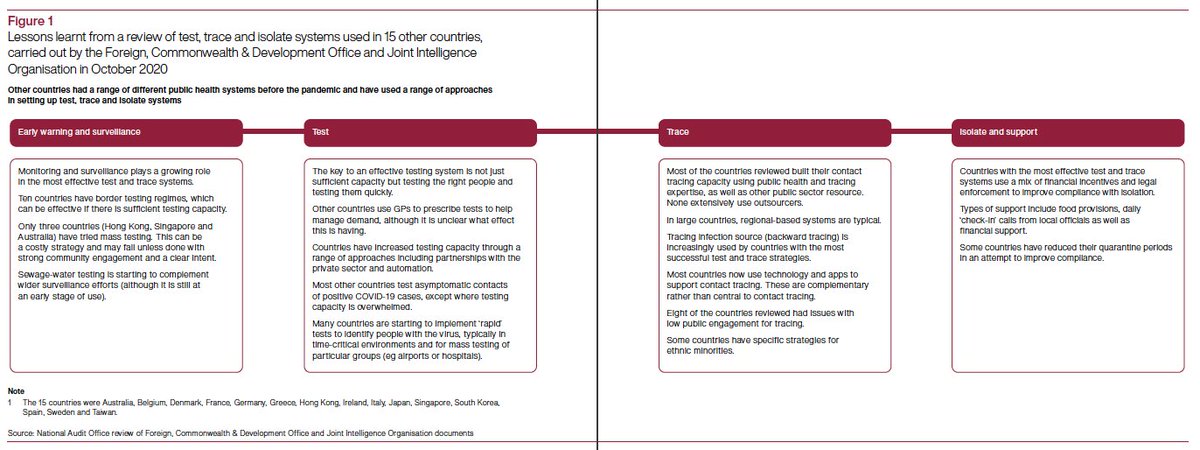

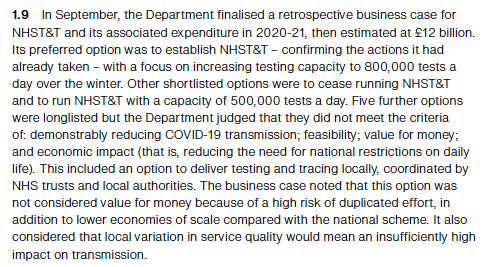

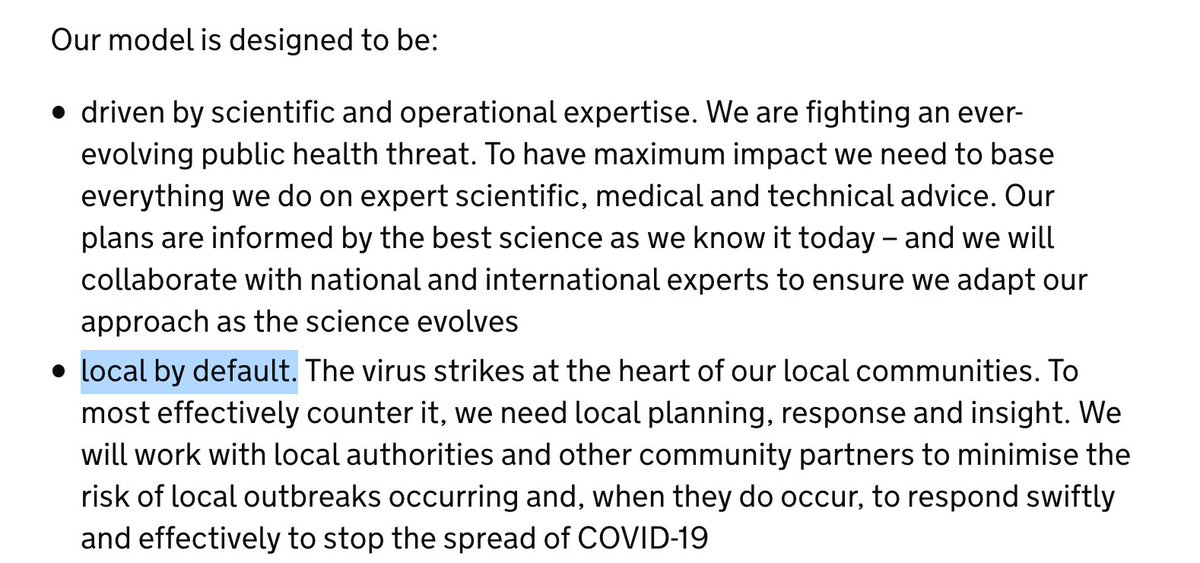
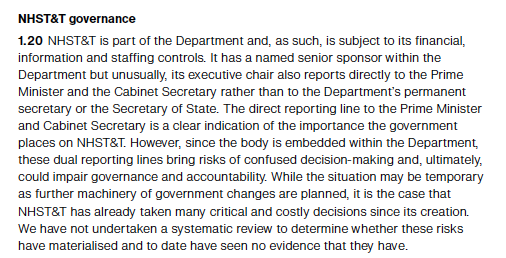
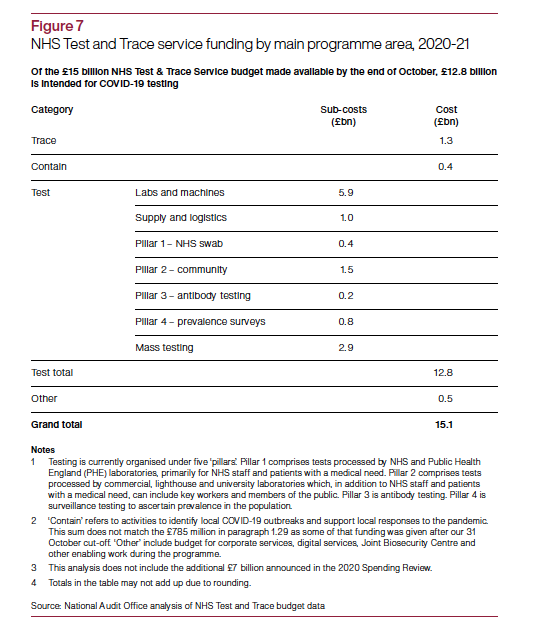
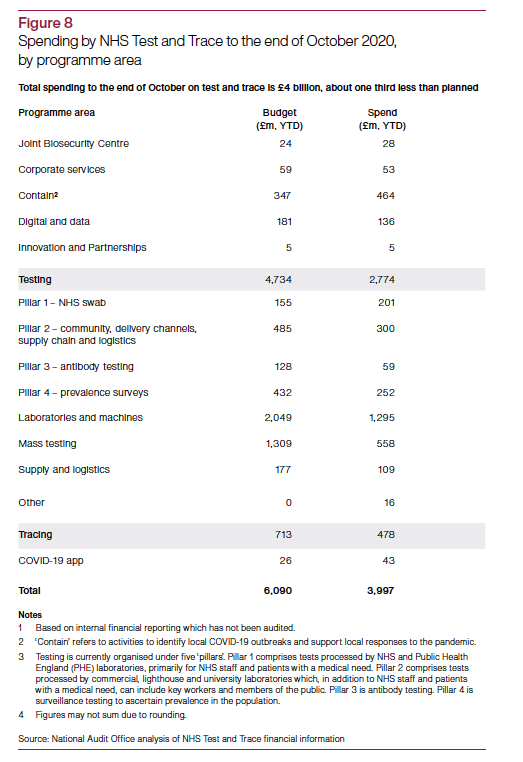
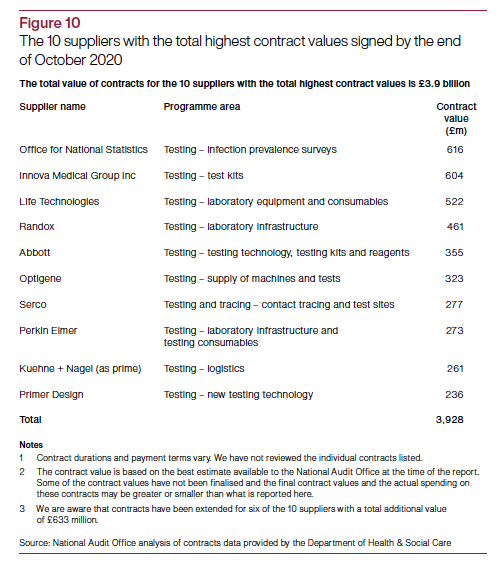
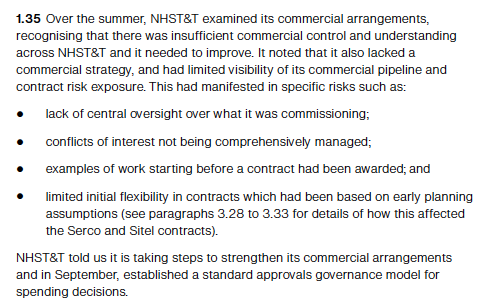
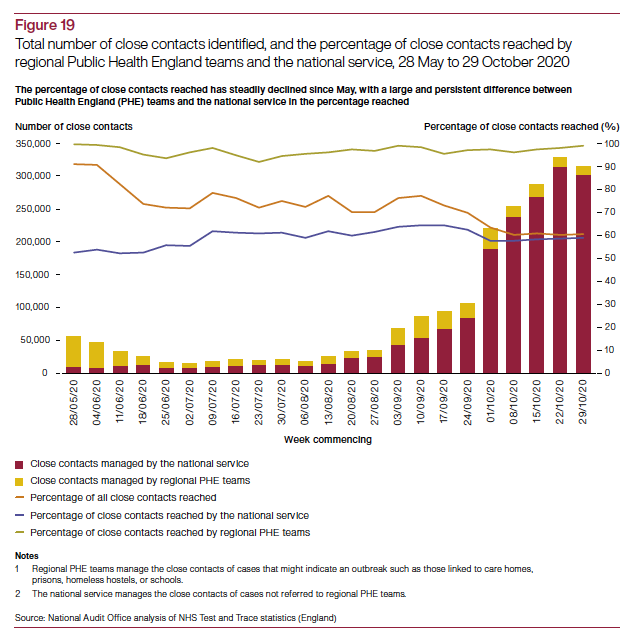
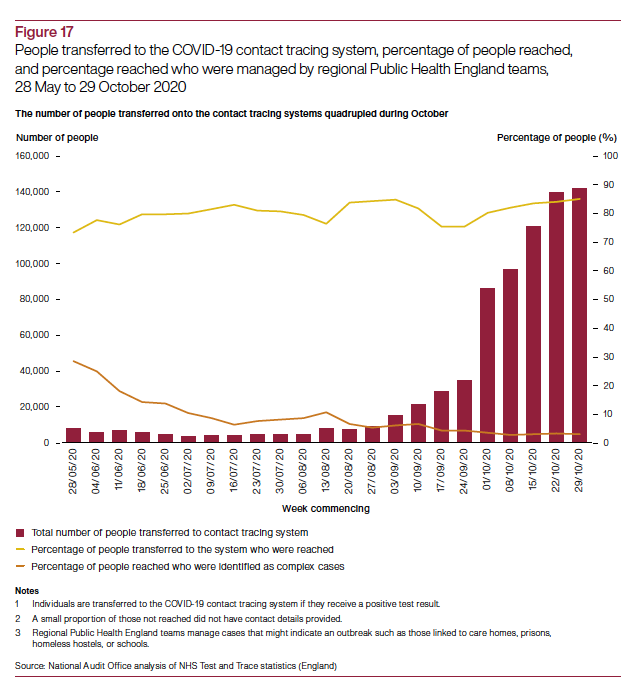
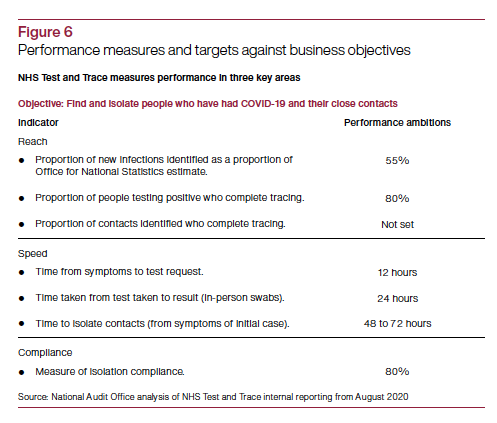
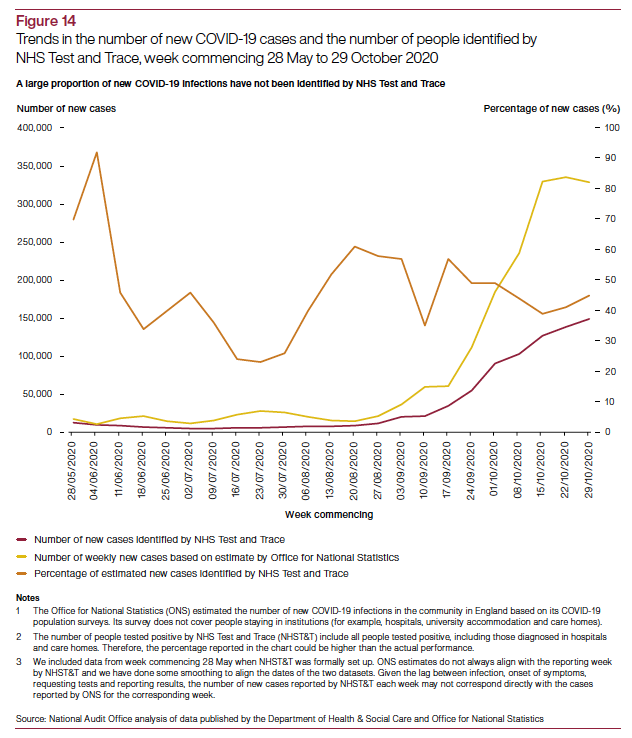
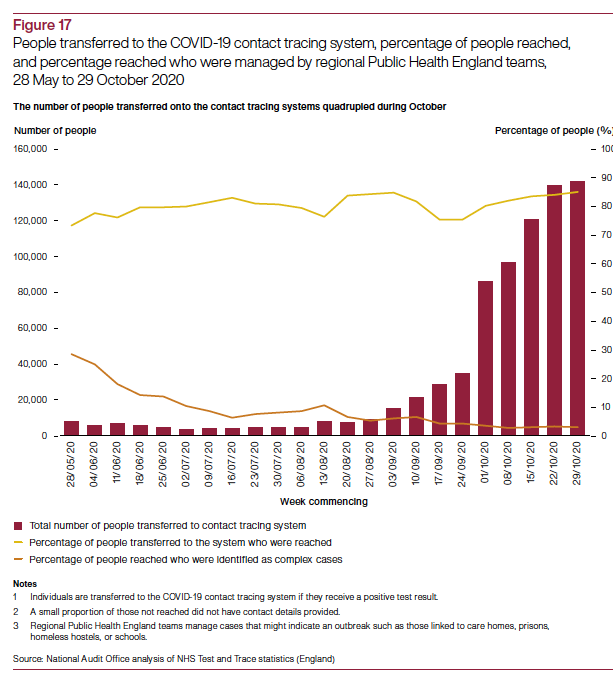
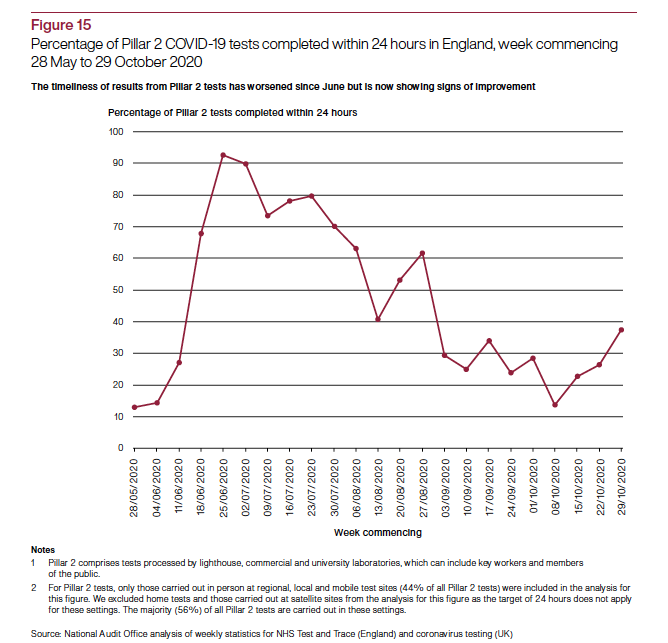
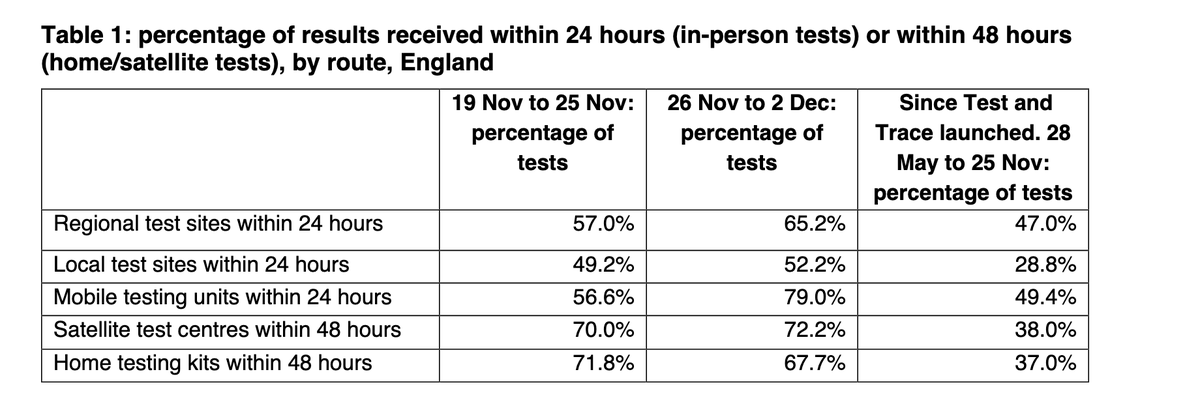
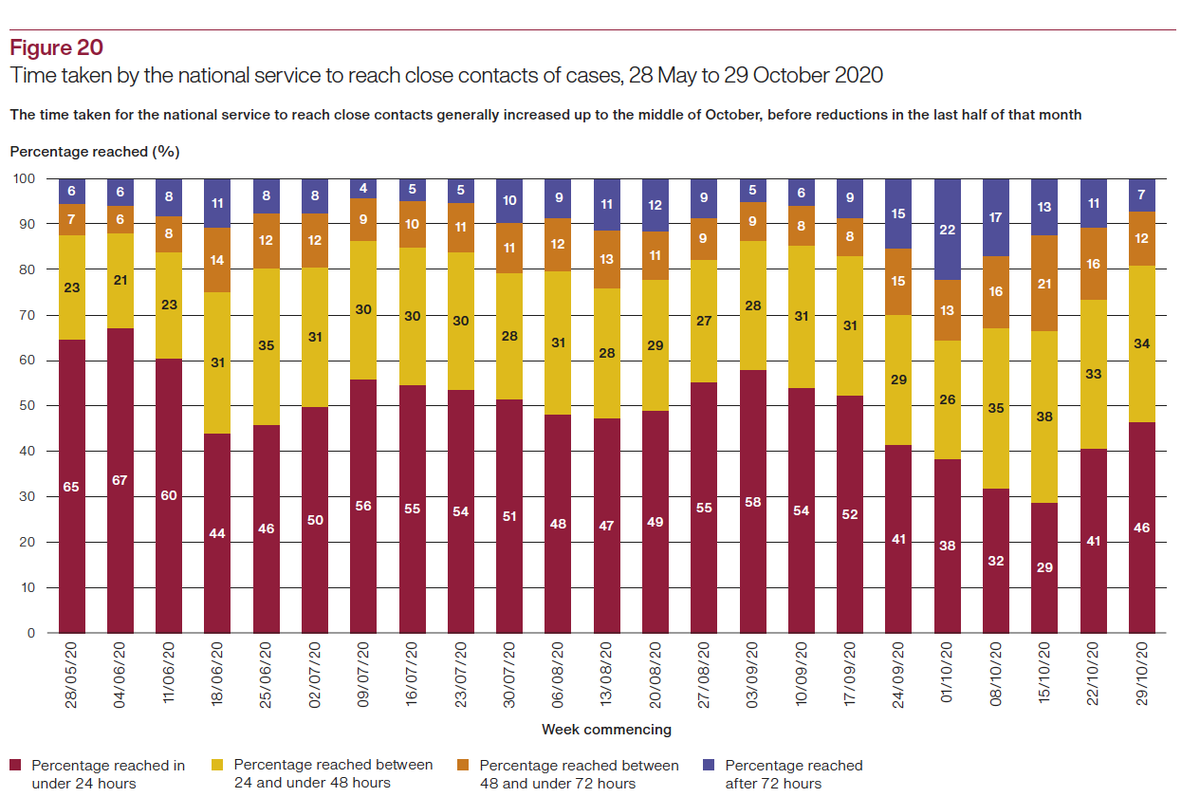
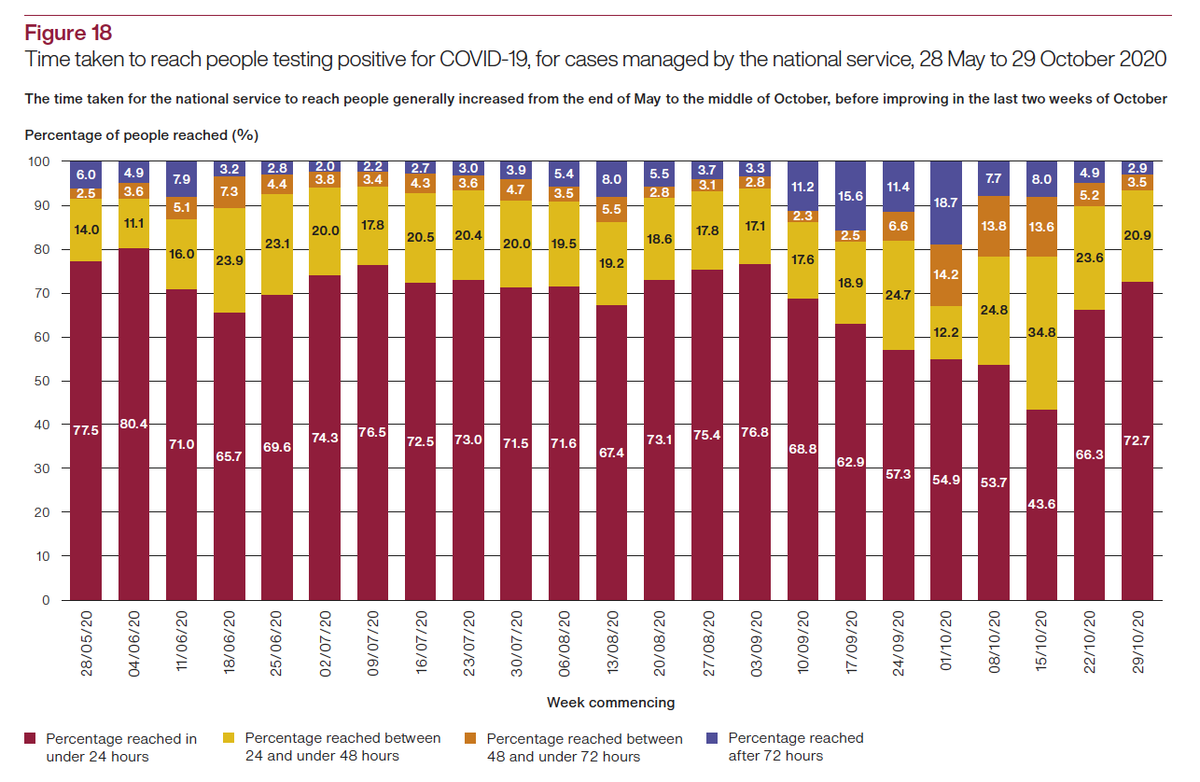
![(and again one for the contract people, on 17 June, the utilisation rate of T&T contact tracers was 4% in tier 2 [phoning cases] and 1% in tier 3 [phoning contracts]. The target was 50% and unfortunately the contract initially had no provision to change staffing levels) (and again one for the contract people, on 17 June, the utilisation rate of T&T contact tracers was 4% in tier 2 [phoning cases] and 1% in tier 3 [phoning contracts]. The target was 50% and unfortunately the contract initially had no provision to change staffing levels)](https://pbs.twimg.com/media/Eo-T8TnXEAALifZ.png)
![(and again one for the contract people, on 17 June, the utilisation rate of T&T contact tracers was 4% in tier 2 [phoning cases] and 1% in tier 3 [phoning contracts]. The target was 50% and unfortunately the contract initially had no provision to change staffing levels) (and again one for the contract people, on 17 June, the utilisation rate of T&T contact tracers was 4% in tier 2 [phoning cases] and 1% in tier 3 [phoning contracts]. The target was 50% and unfortunately the contract initially had no provision to change staffing levels)](https://pbs.twimg.com/media/Eo-UWefXcAIpoCW.png)
![(and again one for the contract people, on 17 June, the utilisation rate of T&T contact tracers was 4% in tier 2 [phoning cases] and 1% in tier 3 [phoning contracts]. The target was 50% and unfortunately the contract initially had no provision to change staffing levels) (and again one for the contract people, on 17 June, the utilisation rate of T&T contact tracers was 4% in tier 2 [phoning cases] and 1% in tier 3 [phoning contracts]. The target was 50% and unfortunately the contract initially had no provision to change staffing levels)](https://pbs.twimg.com/media/Eo-UYeXXMAIXIU_.png)


